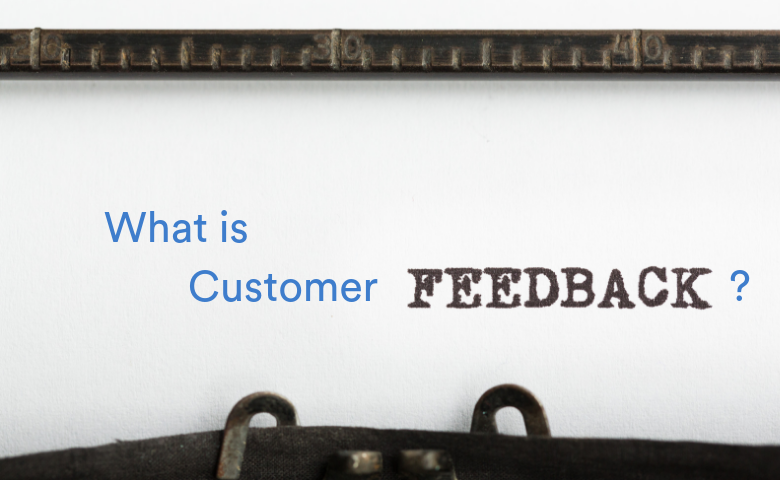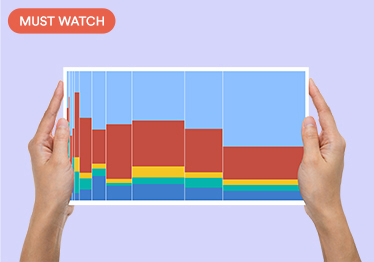Different forms of customer feedback
Customer feedback can come in many different forms and from many different sources. It can be extremely well-structured, like a multiple-choice survey. Or it can be messy and difficult to interpret, like feedback from a website comment section.
Here are the most common ways you can collect customer feedback:
- Customer feedback survey: a structured questionnaire designed to collect feedback from customers
- Social media: comments, ratings, suggestions, and general sentiments left on social media sites
- Website prompts: a website pop-up that prompts users to quickly rate a feature, product, or experience
- In-product prompt: users can be called upon to quickly rate their experience while they are using a product.
- Third-party reviews and ratings: you can also find feedback on user-generated review sites and rating aggregators.
Open-ended and Closed-ended feedback
You can divide customer feedback broadly, into two categories: open-ended and closed-ended responses.
An open-ended response is one where the customer is able to respond in their own words. Users are free to describe specific issues they are having and suggest ways to improve a product. Closed-ended responses have a set list of options for users to choose from, like multiple-choice questions and ratings on a numeric scale. Although this form of feedback is significantly less detailed than open-ended answers, the results are a lot easier to interpret and analyze.
| Closed-ended questions | Open-ended questions |
| On a scale of 0-10, how satisfied are you with this product? | What do you like most about this product? |
| On a scale of 0-10, how likely are you to recommend this product? | Who are you most likely to recommend this product to? |
| On a five-point scale, how difficult was your experience? | What did you find difficult about your experience? |
Common customer feedback metrics
Customer feedback metrics are a great way for you to gauge how satisfied, interested, and loyal your customers are. The common metrics – Customer Satisfaction, Net Promoter Score, and Customer Effort Score – are particularly useful when you can compare them over a period of time.
Customer Satisfaction
Customer Satisfaction is the most generic form of customer feedback metrics. You can gauge customer satisfaction by asking a simple question like, “On a scale of 0-10, how would you rate this product/company/brand?”
The most common way to measure customer satisfaction is with a Top 2 Box score. This is calculated by taking the share of the two top options (for example, 9-10 on a 0-10 scale) as a percentage of all responses. The average, median, or mode score are also adequate ways of measuring satisfaction.
Tutorial: Measure Customer Satisfaction in Displayr
Net Promoter Score (NPS)
The Net Promoter Score measures how likely a respondent is to recommend a product, company, or brand. It is based on responses to a single question: “On a scale of 0-10, how likely are you to recommend this product/company/brand to a colleague or friend?”
Then you can calculate your NPS with the following formula:
NPS = Percentage of Promoters – Percentage of Detractors
Where:
- Detractors: respondents who gave a score between 0-6
- Passives: respondents who gave a score between 7-8
- Promoters: respondents who gave a score between 9-10
The NPS is a measure of customer loyalty and a predictor of revenue growth.
Tutorial: Calculate Net Promoter Score in Displayr
Customer Effort Score (CES)
The Customer Effort Score measures ease of use by simply asking customers to rank their experience on a scale of “Very Difficult” to “Very Easy”. Respondents who found a product difficult to use are vulnerable to churn, so it’s important to identify the pain points in the user journey.


